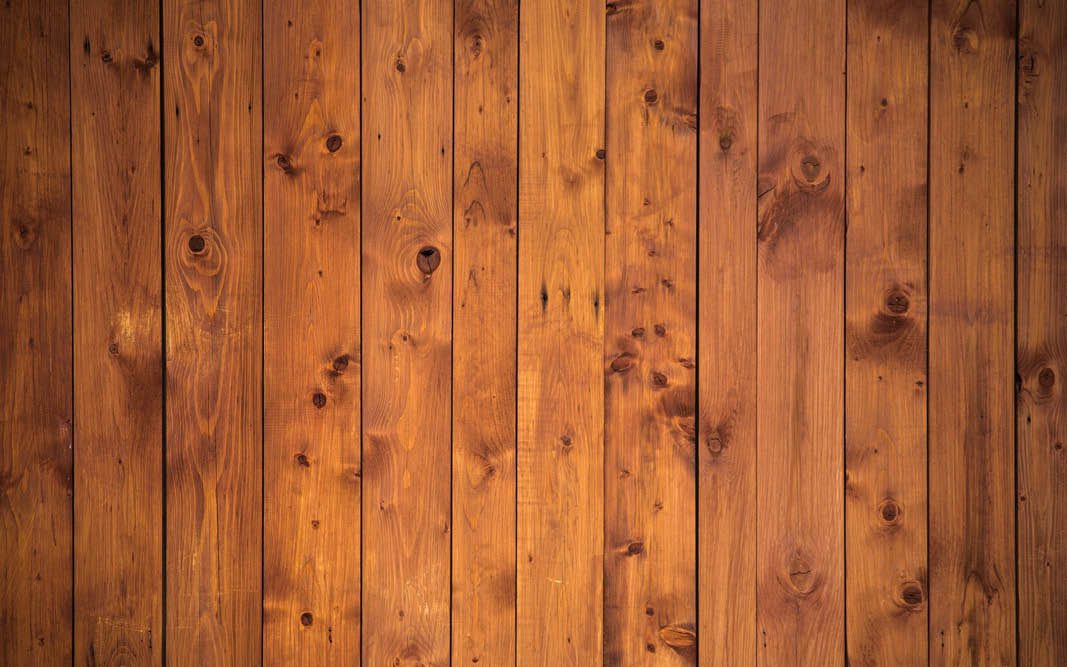
Hardwood floors are gorgeous but after having them for a few years, they may start to need a little makeover. It’s always a good idea to know how to re-stain and seal your hardwood floors. That way either you can do it yourself when the time comes or make sure that the professionals you’ve hired are doing it correctly and not being lazy with it.
The first step is to sand off the old finish. There’s no need to clean the wood first because you will end up having to clean up after sanding anyways. There are three ways to sand it: sandpaper, sanding block, or power sander. If you decide to rent a power sander you may also need sandpaper for fixing small nicks and a handheld power edge sander to get into tight areas near walls, doorways, and corners.
Make sure to use a dust mask, eye protection and maybe ear protection for your own safety. Start with a coarse grade until your floor is smooth, then go in with a medium grade to remove any remaining shine. Finish off with a fine-grit to smooth out any areas and completely remove any finish. If you have any nicks or gouges that need to be repaired, this is when you would repair those using wood putty and a broad knife. Once the putty has dried, sand it down either with medium or fine sandpaper until it is even with the rest of the floor.
After sanding your hardwood floors, you should clean the wood, starting by wiping down the walls and mouldings. Using a damp rag, remove any remaining residue from these first. This step is really important so that dust does not fall on the new coats of finish while it is drying. Vacuum the area once all the dust has settled and use tack cloths to wipe the entire surface. The tack clothes ensure no dust remains.
There are different finishes to choose from. Polyurethane offers various degrees of lustre but ultimately gives off a plastic-type look that tends to darken or yellow wood. It is perfect for high traffic and moisture areas but is difficult to spot repair. Varnish offers various lustres from matte to glossy but will darken with age. The higher the gloss, the more durable. Varnish can be spot repaired easily. Penetrating sealer offers a natural look but still darkens over time as well. This finish is a good protector, especially when waxed, although it is less durable than the others. It is the easiest finish to spot repair.
The floor should be sealed and finished on the same day to avoid the wood from absorbing moisture. Apply any stain and sealants evenly with a sheepskin applicator. Enough should be used to completely cover the surface but if too much is used it will pool on the surface instead of being absorbed and end up creating a horrible stain. Once it has dried, use steel wool to buff the floor. Vacuum and wipe the floors again with tack clothes, being sure to remove all dust so that there isn’t a rough final appearance. Apply two coats of finish and allow to fully dry before applying the final coat. Then allow to dry for 24 hours before allowing any heavy foot traffic or bringing in furniture.
Screed Giant aims to make all of your home DIY projects simple. For more information on tools and materials, contact us
Queens Avenue, Macclesfield SK10 2BB
UK Company Reg No: 14483832
VAT Reg No: 428308593